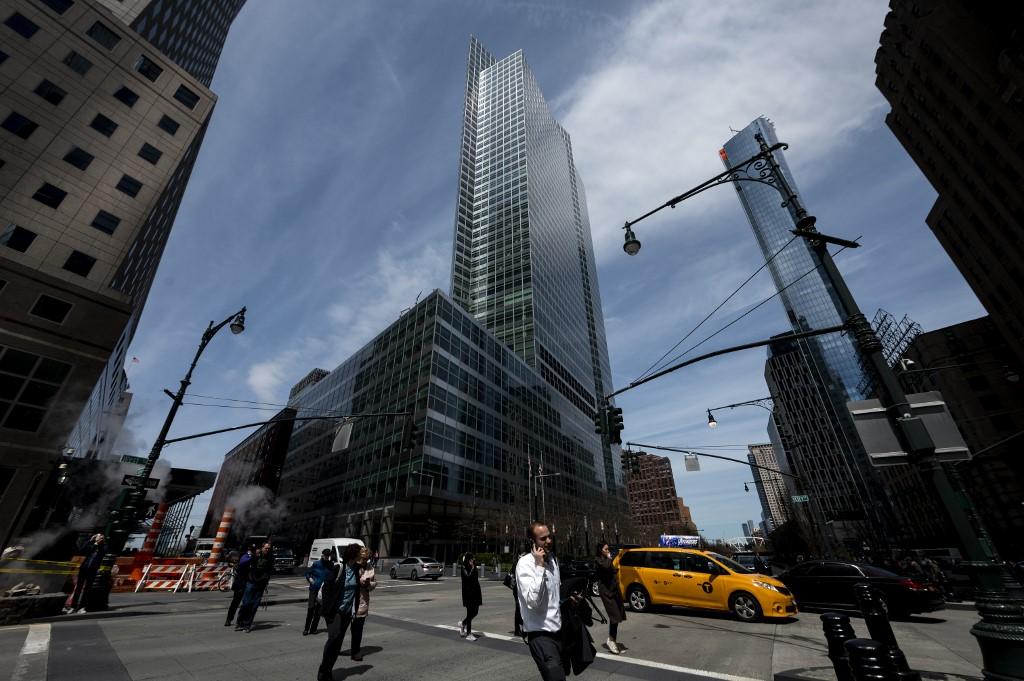US weekly jobless claims rise, continuing claims lowest since 1969
The number of people receiving benefits after an initial week of aid fell 25,000 to 1.317 million during the week ending May 7.
Just In
The number of Americans filing new claims for unemployment benefits unexpectedly rose last week, reaching a four month-high, potentially hinting at some cooling in demand for labor amid tightening financial conditions.
But the labor market remains tight, with the report from the Labor Department on Thursday showing the number of people on jobless rolls at its lowest since the end of 1969 in early May.
The Federal Reserve’s aggressive monetary policy stance as it fights inflation has sparked a stock market sell-off and boosted US Treasury yields. Despite last week’s jump in claims, worker shortages could curb layoffs. There were a record 11.5 million job openings at the end of March.
“Recent layoff announcements merit watching for a shift in business hiring decisions,” said Rubeela Farooqi, chief US economist at High Frequency Economics in White Plains, New York.
“For now, demand for labor still appears to be strong and, combined with lagging supply, should limit the number of layoffs.”
Initial claims for state unemployment benefits increased 21,000 to a seasonally adjusted 218,000 for the week ended May 14, the highest level since January. Economists polled by Reuters had forecast 200,000 applications for the latest week.
There was a jump of 6,728 in claims in Kentucky, while California reported an increase of 3,315. There were also notable gains in filings in Pennsylvania, Ohio and Illinois.
Claims have been largely treading water since hitting more than a 53-year low of 166,000 in March. The rapidly tightening labor market is generating strong wage gains that are helping to fan overall inflation in the economy.
The US central bank has raised its policy interest rate by 75 basis points since March. The Fed is expected to hike the overnight rate by half a percentage point at each of its next meetings in June and July.
Claims are down from an all-time high of 6.137 million in early April 2020. Last week’s data covered the period during which the government surveyed employers for the nonfarm payrolls portion of May’s employment report.
Claims rose between the April and May survey period. Payrolls increased by 428,000 in April, the 12th straight month of employment gains in excess of 400,000.
Data next week on the ranks of the unemployed in mid-May, will shed more light on the state of job growth this month.
The number of people receiving benefits after an initial week of aid fell 25,000 to 1.317 million during the week ending May 7. That was the lowest level for the so-called continuing claims since December 1969.
There are also signs that manufacturing is slowing. A separate report from the Philadelphia Fed on Thursday showed its business conditions index dropped to a reading of 2.6 in May from 17.6 in April.
But there were increases in measures of new orders, unfilled orders and shipments at factories in the region that covers eastern Pennsylvania, southern New Jersey and Delaware. Inflation pressures at the factory gate also appeared to have peaked.
The Philadelphia Fed survey’s six-month business conditions index slipped to a reading of 2.5 this month from 8.2 in April. Its six-month capital expenditures index fell to 9.6 from a reading of 19.9 in the prior month.
Subscribe to our newsletter
To be updated with all the latest news and analyses daily.
Related Articles
Most Read
No articles found.
